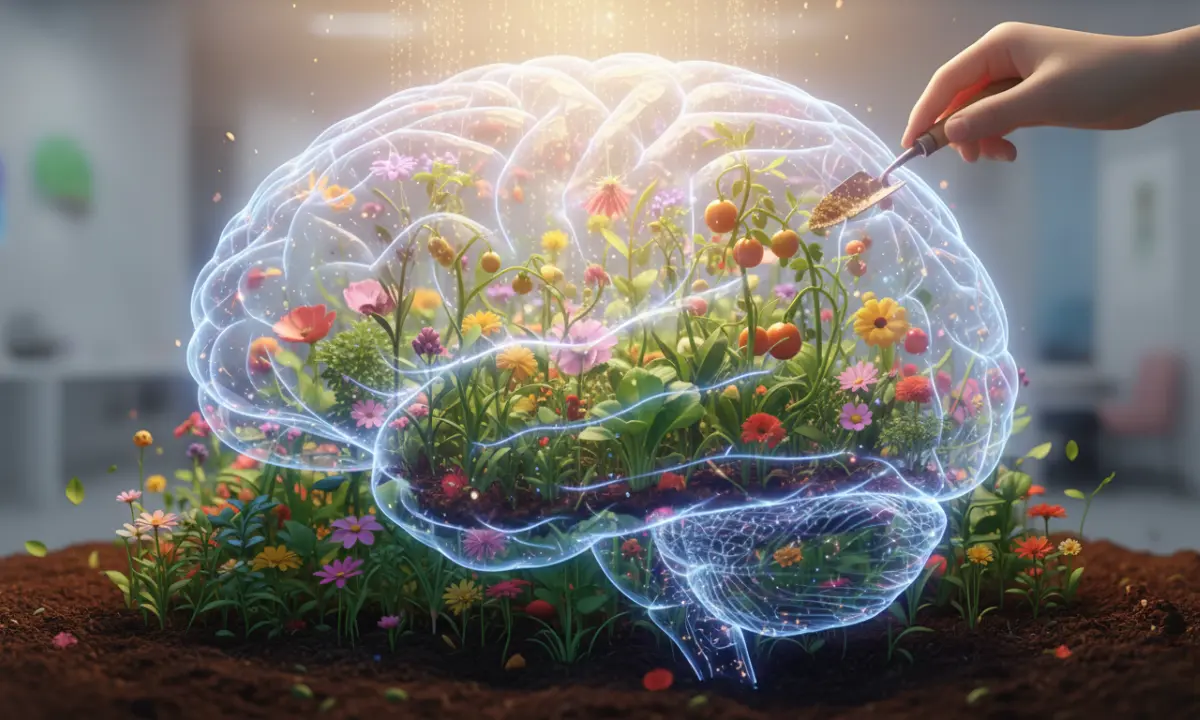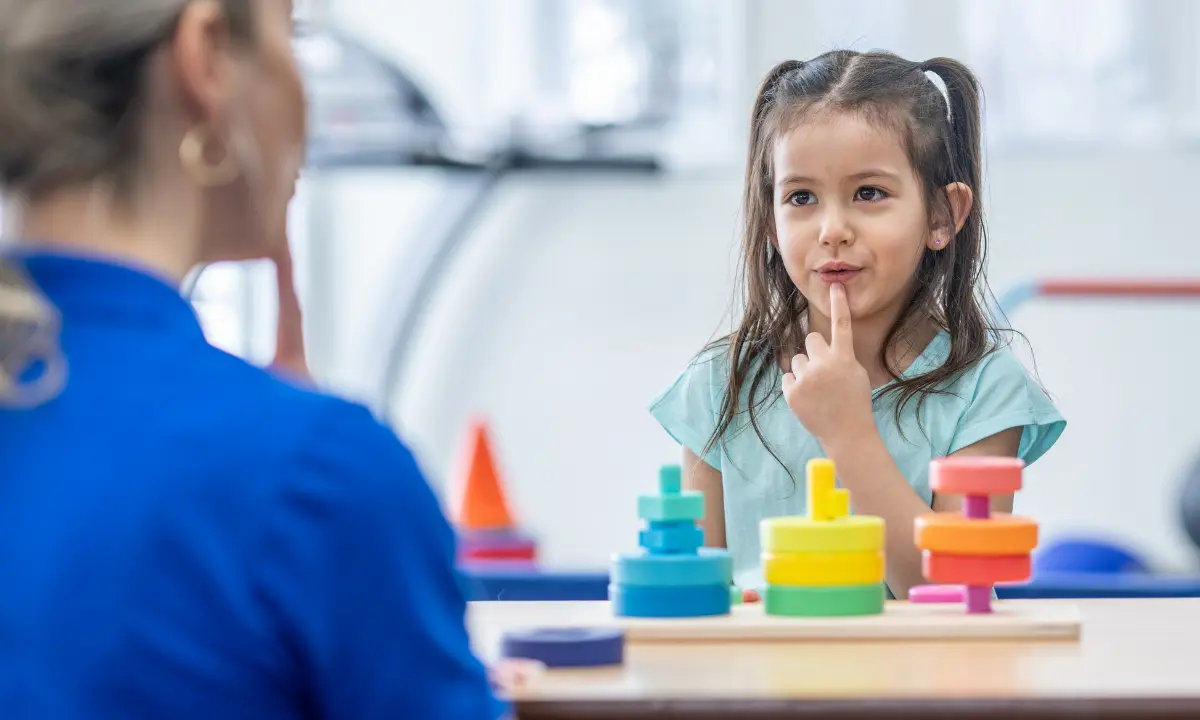
Why Stem Cell Therapy Alone Isn’t Enough
The discovery of regenerative medicine, particularly stem cell and exosome therapy, has opened a new and exciting frontier for Autism Spectrum Disorder (ASD). The potential to biologically calm neuroinflammation, modulate the immune system, and support a healthier neurological environment is a profound leap forward.
However, in our quest for a “fix,” it’s easy to look for a single solution, a “magic bullet.”
At the Institute for Regenerative Medicine (IRM), we’ve seen firsthand that while regenerative therapy can be transformative, it is not a standalone cure. True, lasting progress is achieved when this powerful biological intervention is combined with a holistic autism treatment plan.
Our holistic stem cell treatment for Autism Spectrum Disorder demonstrates how stem cells, when paired with allied therapies, can deliver meaningful, long-term improvement.
Stem cell therapy doesn’t work in a vacuum. It works by creating a fertile ground for all other therapies to flourish.
Table of Contents
Part 1: What Stem Cells Do (The “Soil”)
Think of your child’s brain as a garden. In many individuals with ASD, this garden is struggling. It’s overgrown with the “weeds” of inflammation, and the “soil” is compacted and lacks the nutrients needed for new growth due to immune dysregulation and poor connectivity.
Stem cell and exosome therapy is the master gardener. It doesn’t plant the flowers or vegetables. Instead, it meticulously “prepares the soil.”
After this intervention, the brain is in a new state. It is calmer, healthier, and most importantly, more receptive to learning than ever before.

Unlike older procedures such as bone marrow transplants, modern stem cell therapy is minimally invasive and focuses on biological repair rather than replacement.
Part 2: What Allied Therapies Do (The “Seeds”)
Now you have a perfectly prepared garden. The soil is rich and ready. But if you don’t plant any seeds, nothing will grow.
This is where integrated autism therapy comes in. These are the “seeds” of skill, function, and communication that you plant in the newly prepared soil.

The Synergy: Why a Multidisciplinary Approach is Everything
Before stem cell therapy, you may have been planting these “seeds” in hard, unreceptive, weed-filled soil. It was an uphill battle. You saw progress, but it was slow and difficult because the child’s system was in a constant state of “static” and stress.
Stem Cells (Soil Prep) + Allied Therapies (Seeds) = A Flourishing Garden
When you combine regenerative medicine with allied therapies, you are not just adding one treatment to another. You are multiplying their effectiveness. With the brain’s inflammatory “static” turned down, the child is often calmer, less agitated, and more focused.
To learn more about the broader advantages and accessibility of this approach, explore the benefits of stem cell therapy in Pakistan.
They can be more present in their therapy sessions. The lessons from their speech therapist “stick” better. The sensory inputs from their OT are less overwhelming. The new behaviors taught in ABA are more easily adopted.
Our Philosophy: Regenerating Potential
Stem cell therapy is a foundation, not a finished structure. At IRM, our goal is to use this cutting-edge biological treatment to unlock your child’s full potential. But it’s the dedicated work of parents, therapists, and educators, the day-in, day-out “planting of seeds” that builds the skills for a lifetime.
A genuinely holistic approach recognizes that you cannot treat the brain without also teaching it. You cannot heal the body without also nurturing the mind.










